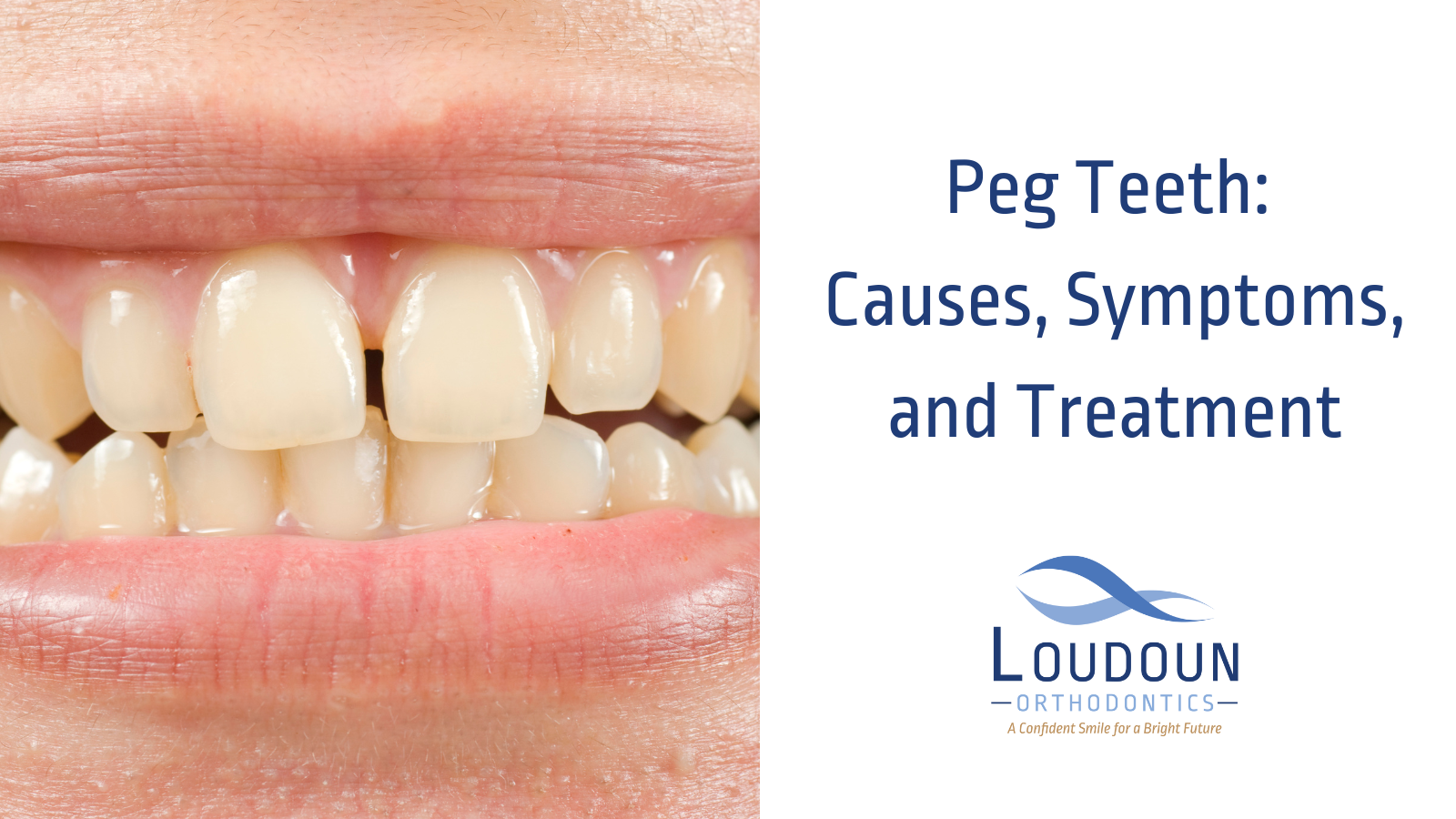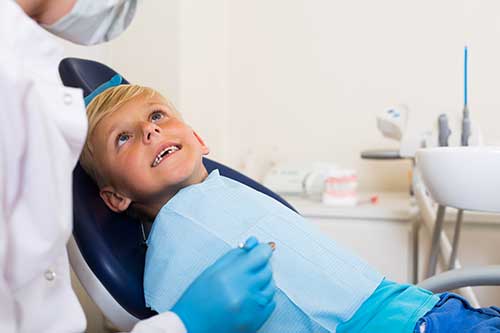The 20-Second Trick For Legacy Orthodontics
The 20-Second Trick For Legacy Orthodontics
Blog Article
Rumored Buzz on Legacy Orthodontics
Table of ContentsThe Ultimate Guide To Legacy OrthodonticsWhat Does Legacy Orthodontics Do?Getting The Legacy Orthodontics To WorkThe Only Guide for Legacy OrthodonticsAll About Legacy Orthodontics
In enhancement, we offer adjustable treatment schedules, adaptable payment options and a fun, pleasurable experience.An orthodontist is a dental expert trained to detect, stop, and deal with teeth and jaw abnormalities. Orthodontists function with people of all ages, from kids to adults.
Malocclusion, or misaligned teeth, can lead to oral issues, including dental caries, periodontal illness, and hard or excruciating eating. But not everyone is born with straight teeth. If you have a bad bite or big spaces in between your teeth, you may intend to seek advice from a dentist concentrating on orthodontic care.
All About Legacy Orthodontics
( Photo Credit Report: DigitalVision/Getty Images) Orthodontists utilize repaired and detachable oral devices, like dental braces, retainers, and bands, to transform the placement of teeth in your mouth. Orthodontic treatment is for oral irregularities, including: Jagged teethBite troubles, like an overbite or an underbiteCrowded teeth or teeth that are too far apartJaw misalignmentThe goal of orthodontic treatment is to boost your bite.
A healthy and balanced bite ensures you can consume, chew, and speak effectively. While you could believe of orthodontists as generally for kids or teenagers who need dental braces, they can deal with oral troubles at any age. Orthodontists go to college, dental college, and orthodontic school. After college graduation, they invest 2 or 3 years in an orthodontic residency program.
All orthodontists are dental practitioners, however not all dentists are orthodontists. Orthodontic residency programs offer intensive, focused guideline for oral experts. They concentrate on two locations: Exactly how to appropriately and safely move teeth How to correctly direct development in the teeth, jaw, and faceOnce an orthodontist has actually completed training, they have the option to end up being board certified.
The Ultimate Guide To Legacy Orthodontics
Misalignment, or malocclusion, is one of the most common factor individuals see an orthodontist. It is genetic and is the outcome of dimension distinctions between the upper and reduced jaw or between the jaw and teeth. Malocclusion leads to tooth congestion, a misshapen jaw, or uneven bite patterns. Malocclusion is typically treated with: Your orthodontist affixes steel, ceramic, or plastic square bonds to your teeth.
Some individuals need a headgear to aid relocate teeth into line with stress from outside the mouth. A retainer is a custom-made device that maintains your teeth in area.
They're frequently utilized on children. They can produce added room in the mouth without needing to pull teeth. If you have a significant underbite or overbite, you might require orthognathic surgical procedure (likewise called orthodontic surgical procedure) to extend or shorten your jaw. Orthodontists use cables, medical screws, or plates to sustain your jaw bone.
You may require to see an orthodontist if you visit site have: Crowding or otherwise enough space for all of your teethOverbite, when your upper teeth come over your base teethUnderbite, when your bottom teeth are also much forwardSpacing or issues with gapsCrossbite, which is when your upper teeth fit behind your bottom teeth when your mouth is closedOpen bite or a vertical space between your front bottom and upper teethMisplaced midline, when the center of your bottom and upper teeth don't line up Dealing with a dental malocclusion can: Make biting, chewing, and speaking easierImprove the symmetry of our face and your overall appearanceEase pain from temporomandibular joint conditionsSeparate your teeth and make them much easier to cleanse, aiding protect against dental caries or tooth cavities It's frequently a dentist who first notices misaligned teeth during a routine examination.
Some Ideas on Legacy Orthodontics You Need To Know

Throughout your first orthodontic consultation, you'll likely have: A dental examPhotos taken of your face and smileDental X-raysPanoramic (360 level) X-rays of your face and headImpressions to create molds of your teethThese tests will assist your orthodontist recognize exactly how to proceed with your treatment. leesburg orthodontics. An orthodontist is a dental practitioner that's had training to treat your teeth and jaw
An orthodontist is concentrated on your bite, so something like a cracked tooth would certainly be taken care of by a dentist. Orthodontists are concentrated on your bite, or the way your teeth fit with each other, and the straightness of your teeth.
Ever before wondered how stars constantly seem to have perfectly straightened teeth? Orthodontists are oral specialists who concentrate on remedying abnormalities in the teeth and jaws.
The 30-Second Trick For Legacy Orthodontics

, orthodontists have a diverse toolkit at their disposal. These tried-and-true braces use a system of braces bound to the teeth and linked by cables.
Clear aligners, like Invisalign, are a preferred choice for patients looking for an extra very discreet treatment choice. These removable trays are tailor-made to gradually move the teeth's setting. Headgear may be utilized along with dental braces or aligners to use added targeted forces, particularly for fixing jaw discrepancies. In cases of narrow jaws, palatal expanders can be made use of to develop area for appropriate tooth positioning.
Report this page